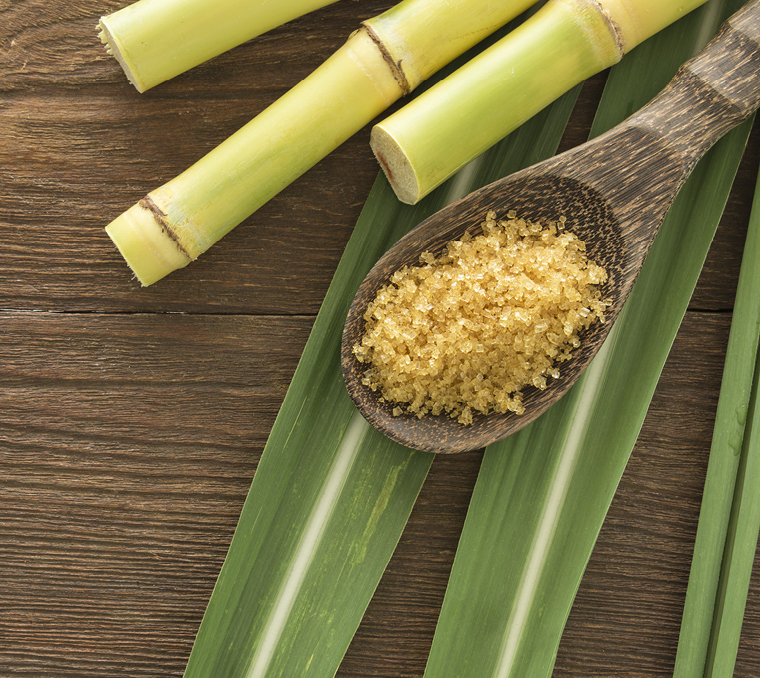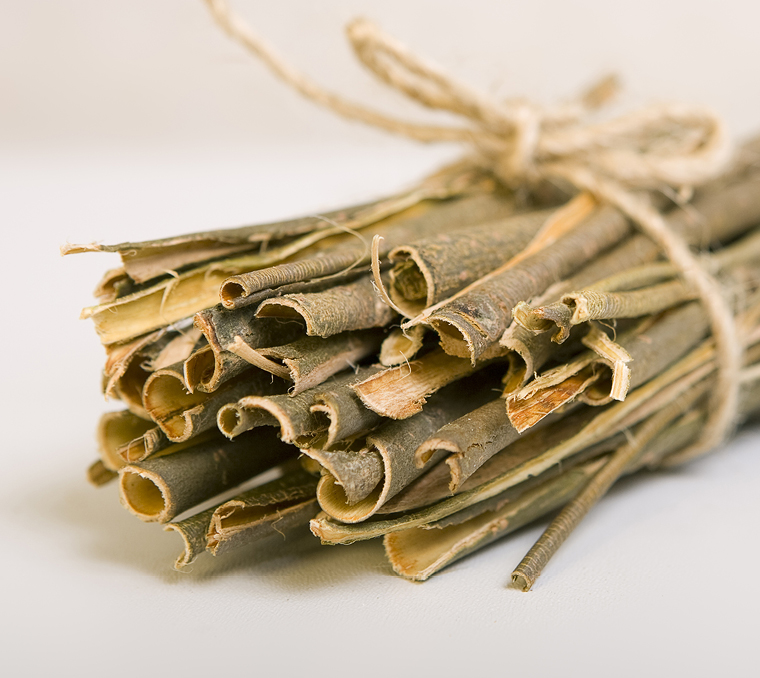Exfoliation is an important part of any skincare routine. The good news is there’s no need to get scrubbing like your life depends on it since there are chemical solutions that take away the physical labour. AHAs and BHAs are two of the most used exfoliating acids due to their rejuvenating, hydrating and anti-inflammatory properties. But what are the differences and how do they work together?
What are AHAs?
AHAs are also known as alpha-hydroxy acids. They’re normally derived from natural sources and used in most skincare and anti-ageing products. AHAs are particularly useful for the top layers of skin since they assist in breaking down the protein – the proverbial “glue” – that holds skin cells together.
Some of the common types of AHAs that you’ll find in skincare products include: lactic, glycolic, mandelic, and citric acids.
What are BHAs?
BHAs are also known as beta-hydroxy acids. They’re normally derived from wintergreen leaves and willow tree or sweet birch bark. BHAs help to remove dead skin cells by breaking down the protein between the skin cells. In addition, they penetrate deeper than the skin’s surface and break down sebum getting into pores.
Some of the common types of BHAs that you’ll find in skincare products include: salicylic acid, salix alba, and willow bark extract.
The similarity between AHAs and BHAs
As exfoliating agents, AHAs and BHAs share several similarities apart from just breaking down the protein bonds between the skin cells and leaving your skin looking healthy and beautiful. Namely, they’re useful in the exfoliation of dead skin cells and leaving a smooth and radiant texture afterwards. As a result of their exfoliation qualities, they decrease inflammation of the skin and assist in the clearing of pigmentation and acne, while also evening out your skin tone. Additionally, AHAs and BHAs contain specific hydrating agents that help to keep your skin moisturised.
The difference between AHAs and BHAs
While both AHAs and BHAs are used as exfoliating agents and share many overlapping qualities, the biggest difference between the two is that AHAs are water-soluble and only penetrate the top level of your skin. This means that the BHAs can get into the pores and provide deeper cleaning. As a result, BHAs prove to be highly effective in the treatment of acne – both short and long term – as they really get under your skin (in a good way) and clear the breakouts.
Picking between AHAs vs BHAs – or using both
If you’re unsure about the use of AHAs or BHAs, your skincare therapist will be able to provide further guidance and in-depth knowledge on which products you should use for your skincare routine.


